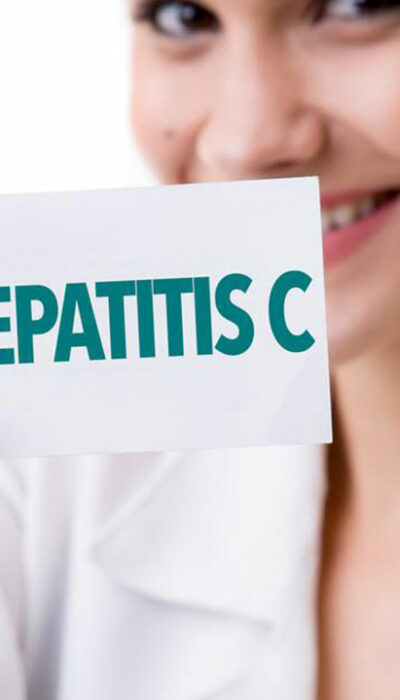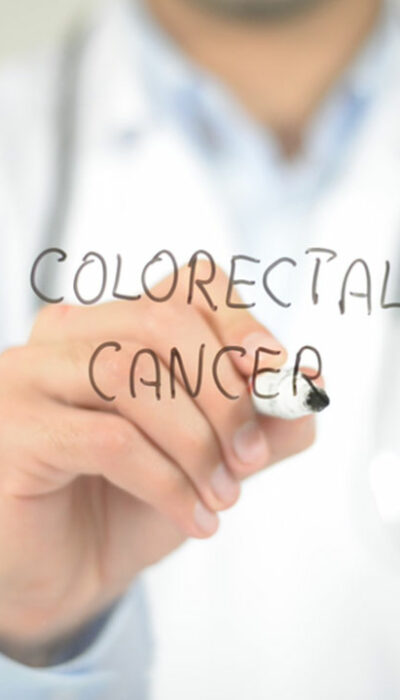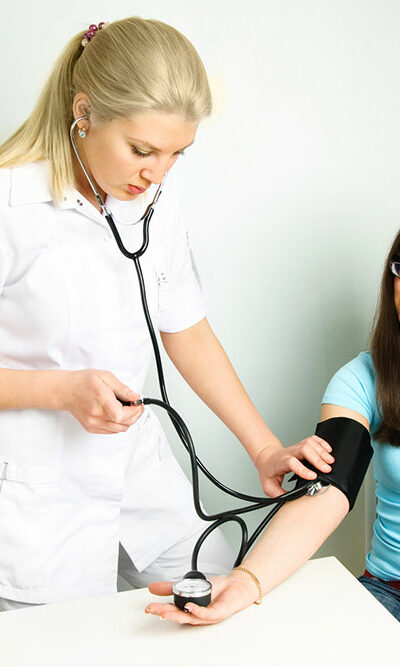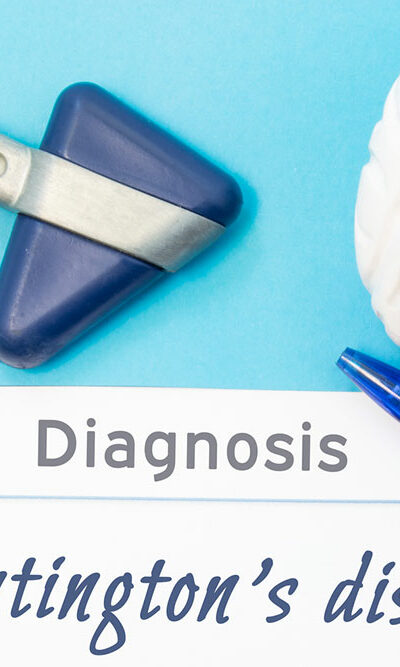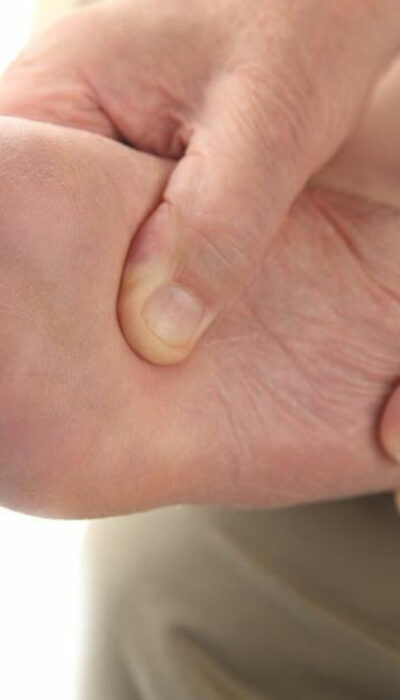
How Can You Know If You Are Suffering from Gout Foot Pain
Gout is a kind of arthritis which can cause a sudden attack of pain. The common symptoms of having gout can be realized from stiffness, burning pain, and swelling in the joint. If not treated at an early stage, gout can damage the joints and harm the tendons and other tissues. Gout foot pain is very common in men; it is caused by an excess of uric acid in the blood. The uric acid may harden and form crystals in the joint. Risk factors People who are obese may be susceptible to gout foot pain. Also consuming alcohol, meat, and fish can affect the body. Some medicines like water pills can also cause gout foot pain. The most common syndrome is night-time pain in the joint. Some people also get pain attacks on their knees, ankle, joints, foot, etc. and these can go on for an entire day or a week before one gets relief. Sometimes it the pain may persist for over a year also. Even if the pain is gone, it is advisable to see a doctor because sometimes even after the pain is gone the buildup of uric acid may still occur and can attack the joints. Gout foot pain is common in men. With age, the pain can become more unbearable, and the chances of getting gout attacks become high. So a proper maintenance of lifestyle is essential. With age, a person has less resistant power, less stamina to do physical work, and low patience. So a proper diet is important. A diet chart should be prescribed by a doctor or a nutritionist; without proper examination, a doctor or a nutritionist normally does not prescribe any medicine. So taking advice from the expert is advisable. Sometime the doctor may prescribe some easy exercises according to the capability of the patient.


